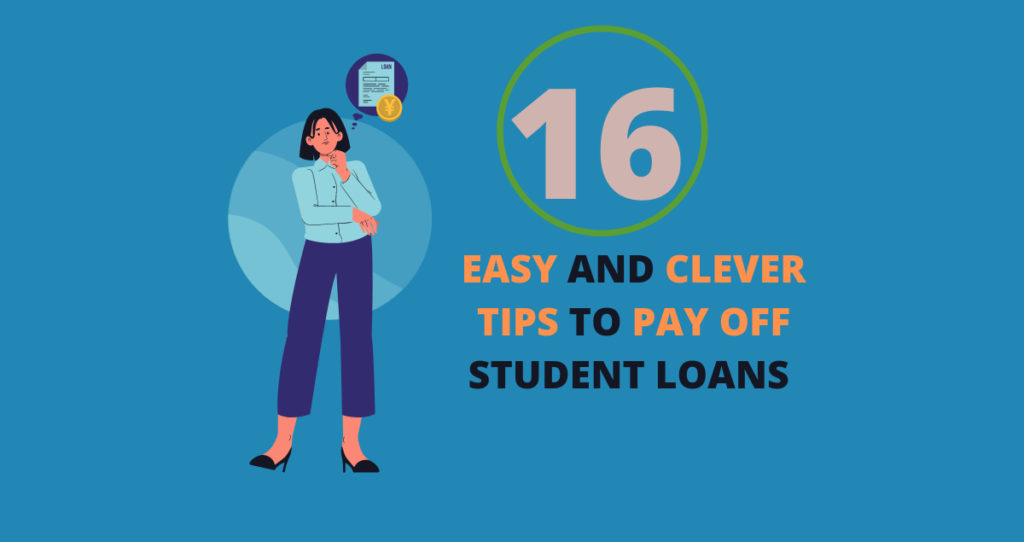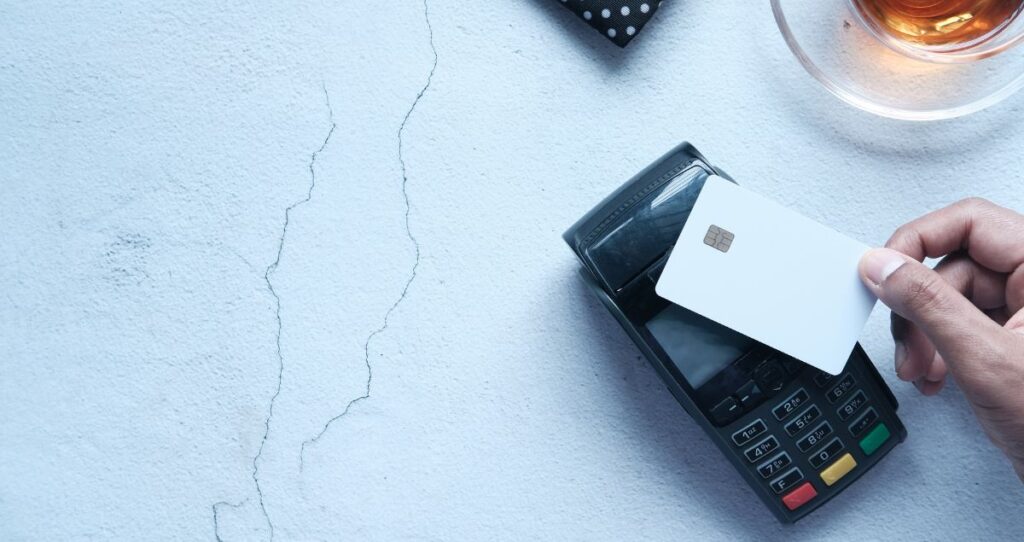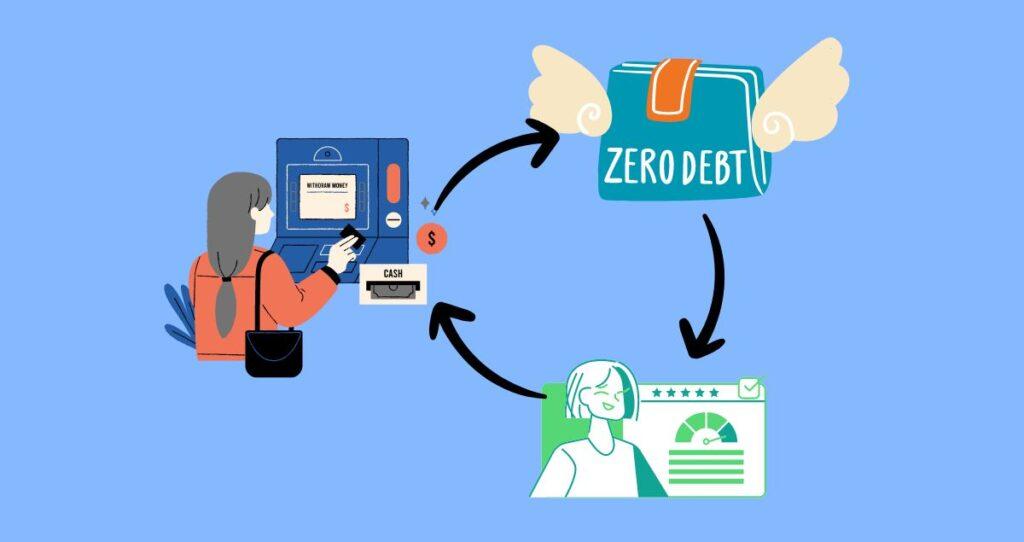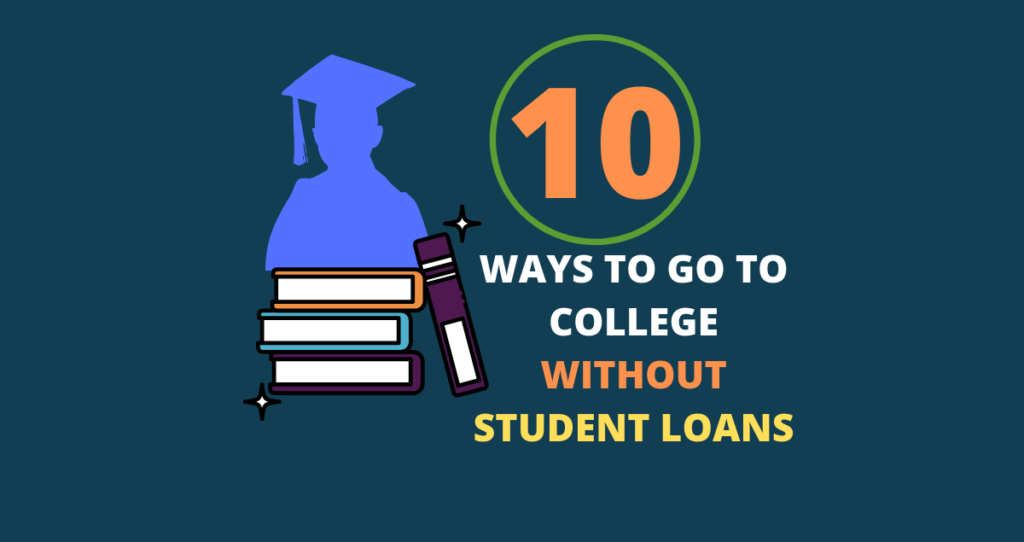Revolving debt is one of the hardest debts to pay off and millions of people are struggling with these kinds of debts. As Bankrate noted, 47% of Americans with credit card debts increased their balances since the beginning of the pandemic. This is just one revolving credit debt that does not include other forms of revolving debt such as Personal loans.
Although the pandemic can be blamed for the increase in debt balances, there are other reasons attributed to higher consumer debts. These reasons could be related to other financial situations and personal choices.
If you are struggling with revolving credit debt, I will show you exactly how you can effectively pay off these debts stress-free.
What is revolving credit?
Revolving credit is a form of credit where your credit line is automatically renewed as you use your credit and pay off your balances. There are three main categories of revolving credit.
- Credit cards. Credit cards are some of the most widely used types of revolving credits. A credit card allows you to spend up to the credit limit extended to you. As you use the card and pay off your balances, your limit gets replenished automatically.
- Home equity line of credit(HELOC). HELOCs are types of loans available for homeowners. This loan allows you to borrow against the equity in your house and the house is used as collateral. Since you are borrowing against the equity in your house, the limit on HELOC is always lower than the equity in the house. It is unlikely that the lender will qualify you more than the equity you have built in the house. This is because any amount above the equity in the house will not be secured, and therefore, hard to collect in case you default. Usually, lenders allow you to borrow up to 85% of the value of your house minus the mortgage balance.
- Personal lines of credit(PLOC). Personal lines of credit are types of loans that allow you to borrow up to the limit and pay it off. With this setup, you pay interest on your balances just like you do on credit cards.
Secured vs unsecured credit
There are two types of revolving credit. The first type is secured credit and the second is unsecured credit. Secured credit means that the borrower must deposit money before he/she can open an account. The security deposit is used as collateral in case the borrower defaults or fails to pay his/her balances. Secured credits are for those with no credit history, have thin credit files, or have bad credit.
Unsecured credit, on the other hand, does not require a security deposit. Usually, these credits are designed for people with good credit scores and established credit histories.
Whether you have secured credit or unsecured credit, it is very easy to accumulate revolving credit debts. These credit accounts come with higher interest rates and some of them have compounding interest. Unless you follow a specific plan when paying off revolving credit debts, it might be harder for you to pay them off.
Is it possible to pay off revolving credit debts?
The quick answer is that it is possible to pay off revolving debt and the only thing you need is a plan. Many people struggle with revolving credit debts due to the lack of resources and proper plans.
However, if you have a debt payment plan, you can pay off any debt regardless of how much you owe, how much you make, or where you come from.
Revolving credit debt is not the same as installment debts such as mortgages, car loans, or student loans. Unlike mortgages where you have a certain number of payments for the whole duration of the loan; revolving credit does not have any specific amount you need to pay. Most credit issuers have minimum payments you must make every month on each credit account.
The problem with minimum monthly payments is that most people only pay this amount and carry their balances to the next payment period. As a result, they pay higher interest rates in the form of annual percentage rates(APRs). These interests make their debts grow exponentially when they do not take appropriate measures. This is what makes revolving credit debts some of the hardest debts to pay off.
How to pay off revolving credit debt?
Debt comes in many forms and sizes. Revolving debt, however, is a different kind of debt. Unlike installment debts, credit lines on revolving debts are usually lower but they come with higher interest rates. In addition, some revolving credits come with compound interests that make your debts grow at an exponential rate when you don’t take action.
Due to the nature and complexity of revolving debts, you will need to follow a specific strategy when paying off these debts. As opposed to installment debts, revolving credit debts do not come with predetermined monthly payments. Most loan issuers require that you pay a minimum amount every month. But, besides this payment, you can carry your balances to the next payment period.
Everything good comes at a cost. Just because you are allowed to carry balances on your credit accounts, it does not mean you are making a good financial choice. This is a big mistake a lot of people make. If you have the financial means to pay off your balances in full, pay them off. By carrying balances on your accounts, you end up paying interest rates and charges in a form of an annual percentage rate(APR). This is a big financial mistake a lot of people make and learn about it when it is too late.
Revolving credit debts come with completely different structures and terms. With the right strategy, however, you can easily pay off revolving credit and build a financial plan that allows you to achieve what you need in your life.
If you are only interested in paying off credit card debts fast, use the following guide.
Credit card debt guide: 6 effective ways to pay off credit card debt
6 Tips to pay off revolving credit debt
1. Stop borrowing
Revolving credit is a form of credit that allows you to continuously use credit extended to you and pay it off. That is as long as you pay off your balances, your line of credit renews automatically. If you keep using your credit line without paying it off, you will end up with higher credit utilization which will be difficult to pay it off.
A big mistake many people make is to use most of their line of credit and pay off little. This in turn contributes to debt accumulation. For this reason, the first and smartest step to paying off revolving debt is to stop borrowing. You are struggling with debt because you borrowed more than your income can support. So, the first step in paying off high balances on your accounts is to stop borrowing. This strategy will prevent your debts from getting any higher.
2. Pick a debt payment strategy
Paying off revolving debt is not the same as putting a few hundred dollars here and there and expecting your debt to go away. Instead, it is a matter of crafting a debt payment strategy that works for you based on your current financial needs. It is equally important to design your strategy based on your motivation traits. You might be one of the people who get motivation from small wins. For example, you could find a lot of motivation from just paying off one small debt even if the payment was much smaller. Other people, however, choose to aggressively pay off their debts and find motivation in the amount of balance paid rather than the number of debts eliminated.
Knowing where you stand among these two categories helps you design a debt payment strategy that works best for you.
By default, there are two different debt strategies you can choose from.
- Debt Snowball Method. The Debt Snowball Method allows you to pay off your debts starting from the smallest debt(in dollar amount) first. This strategy is simple and straightforward. The first step when using the Debt Snowball Method is to organize your debts starting from the smallest to the highest. You then eliminate the smallest debt while meeting the minimum requirements on other debts. Once the first debt is fully paid off, you will move to the next smallest debt. You continue this process until all your debts are fully eliminated. This strategy is good for people who like small wins. However, it is not a fast way to pay off debt.
- Debt Avalanche Method. With the Debt Avalanche Method, you pay off your debts starting with a debt with the highest interest rate. With this strategy, you organize your debts from the debt with the highest interest to the lowest interest rate. You then eliminate the highest interest debt first while meeting the minimum requirements on other debt obligations. This is an aggressive method and might not yield quick results. But, this strategy prevents your debts from growing faster which in return helps you get out of debt faster and save you some money. For this reason, the Debt Avalanche Method is suitable for people who are interested in getting out of debt no matter the cost.
You might also like:
- How to use the debt avalanche method to pay off debt?
- How to use the debt snowball method to pay off debt?
3. Make a budget that helps you to save more money
There is no single debt payment strategy that is effective without budgeting. A budget is a tool that helps you manage your income, lower your expenses, and increase your savings. Every penny you save can be allocated toward paying off your debts. The more money you allocate toward your debt payments, the faster you get out of debt.
Saving is something that every person should focus on whether they are struggling with debt or not. If you are struggling with debt, it is because you borrowed more than you could afford to pay off. For this reason, you need to be aggressive in paying off your debts. So, make a budget that allows you to save money by reducing your expenses.
If something is not a need, do not buy it. For example, you can close your entertainment accounts, and avoid buying that cool-looking gadget so that you can save more. All these products and similar ones do not add value to your life and you can be OK without them. As you go through your budget, eliminate unnecessary expenses and put those savings toward paying off your debts.
Related: What is budgeting and how does it really work?
4. Consolidate your debts
Debt consolidation is a strategy that allows you to combine your debts, manage them, and pay them off effectively. For example, if you have many debts it could be difficult to track all of them due to different due dates, minimum payments, interest rates, etc. Debt consolidation can help you eliminate this issue.
So, what is debt consolidation?
Having a lot of consumer debts can put a lot of stress on your finances. In addition, it is difficult to manage multiple consumer debts. Debt consolidation is a form of debt refinancing strategy that allows you to pay off other debts by taking out a different debt. Instead of having multiple debts, you will end up with one debt that has a different interest rate and terms.
One of the benefits of debt consolidation is that you might qualify for a much lower interest rate. In addition, the terms of your new debt could be more manageable and flexible. Furthermore, you will not have to manage multiple debts at the same time. There are many forms of debt consolidation but all of them require that you take out of a new loan that ends up replacing your old one.
5. Consider the balance transfer
Revolving credit accounts come with higher interest rates. In order to lower your rates, you can use the balance transfer. The balance transfer allows you to move your existing credit accounts from higher interest rates to lower interest rates. For example, if you qualified for a high-interest rate when you first applied for credit cards and have increased your score, you can use the balance transfer to lower your rates.
An improved credit profile will automatically result in a much lower interest rate with better terms. Having a lower interest rate means that your monthly payments will be lower. This gives you a chance to reduce the outstanding balances on your credit accounts fast.
6. Get a new credit card with a 0% APR
There are many factors that influence the speed at which you can pay off your debts. Everyone enjoys a debt-free lifestyle. But, it might be challenging to reach this financial dream when you are struggling with debt.
The amount you owe, interest rates, and current income will all affect the effectiveness of your debt payment strategy. The interest rate is a major factor to consider when paying off your debts. As you use your credit accounts and carry balances, the interest charges you pay go higher.
One simple solution you can use to prevent your debt from growing while paying it off is to stop using your accounts. For example, you can stop using credit cards with higher interest rates. Stopping your accounts, however, does not mean your expenses are also eliminated. That is why you need to apply for a 0% APR credit card and put all your expenses on this new card.
The 0% APR credit card means that you will use the card and pay no interest or fees on the balances you carry. This condition applies only during the promotional period of the card. The length of the promotion period is different from one credit card to another. Once this promotion period ends, you will start paying APR on any balance you carry on the card.
How can a 0% APR credit card help you pay off your debts?
By putting all your expenses on this new credit card, you get to stop using old credit cards with higher rates. As a result, you don’t pay higher interest charges due to low utilization rates. This makes it easy to eliminate any outstanding balances you have on those cards.
At the same time, you will pay no APR on any balance you carry on your 0% APR credit card during the new card promotional period. Keep in mind that you must pay off all the balances you have before the end of the promotion period to avoid interest and fees on your card.
How does revolving credit debt affect the health of your credit?
Just like any other form of debt, revolving debt directly affects the health of your credit and your finances in general. Every payment you make and account activities get reported to three major reporting agencies which in turn make your credit reports. Some information from your credit reports is then used to calculate your credit scores.
Some lenders do not submit your account activities to all major reporting bureaus. Depending on where your information has been submitted and the credit scoring models used to calculate your credit score; you will more likely end up with different credit scores(FICO score, VantageScore, etc).
Having a lot of revolving credit debts will lower your credit score and affect your creditworthiness. In order words, your debt-to-income ratio goes higher as the amount of debt you have goes higher. A high debt-to-income ratio will lower your credit score and results in the denial of credit.
People struggle with consumer debts due to higher interest rates. Having too many revolving debts could result in late payments, defaults, foreclosures, accounts in collections, or bankruptcies. As a borrower is it important to focus on debts you have and meet each debt’s terms and conditions. This is the only way you can regulate the health of your credit and stay financially fit.









